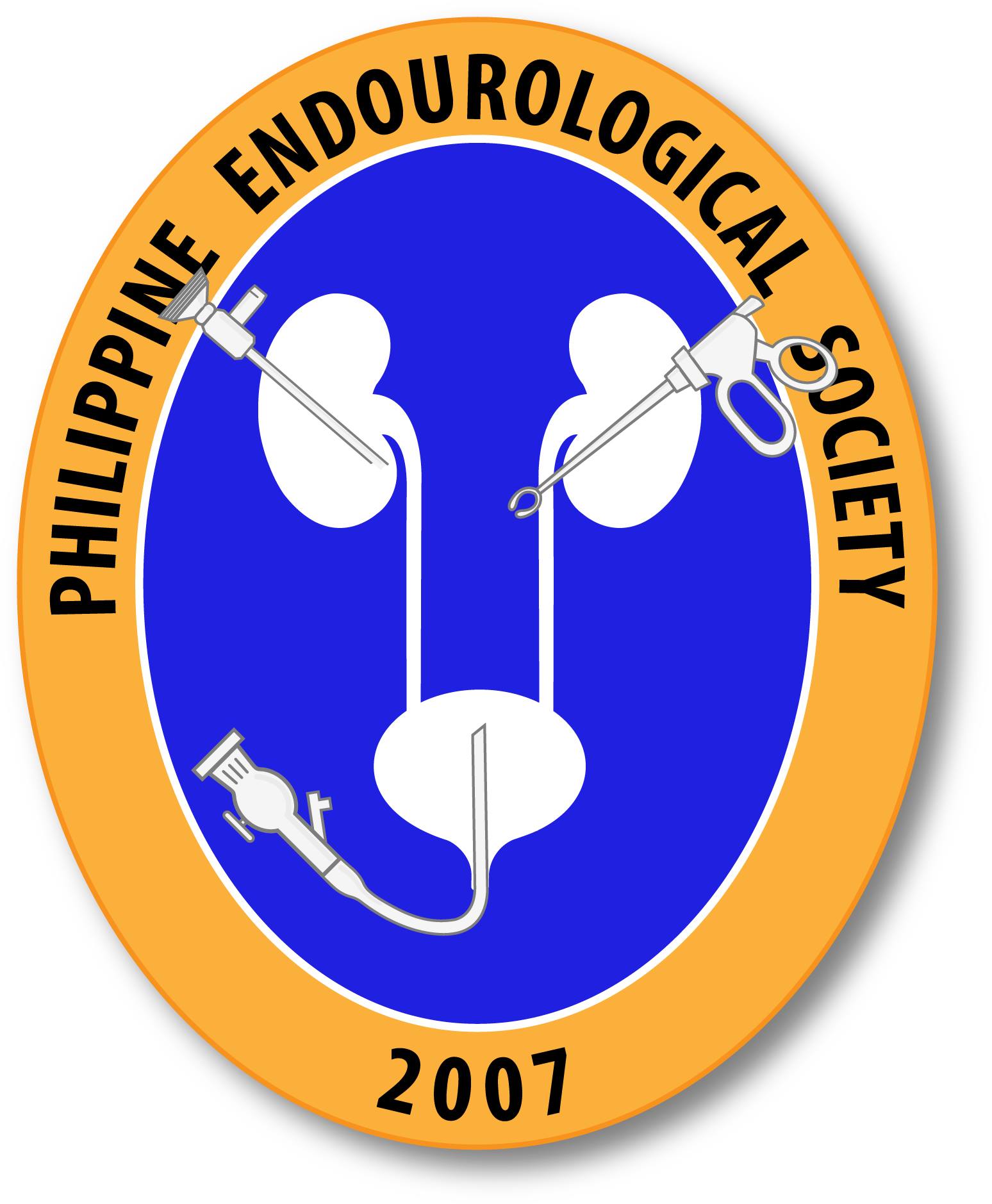Rapid Growth and Metabolism of Uropathogenic Escherichia coli in Relation to Urine Composition.
SUMMARYUropathogenic Escherichia coli (UPEC) strains cause a majority of urinary tract infections (UTIs). Since UPEC strains can become antibiotic resistant, adjunct or alternate therapies are urgently needed. UPEC strains grow extremely rapidly in patients with UTIs. Thus, this review focuses on the relation between urine composition and UPEC growth and metabolism. Compilation of urinary components […]
